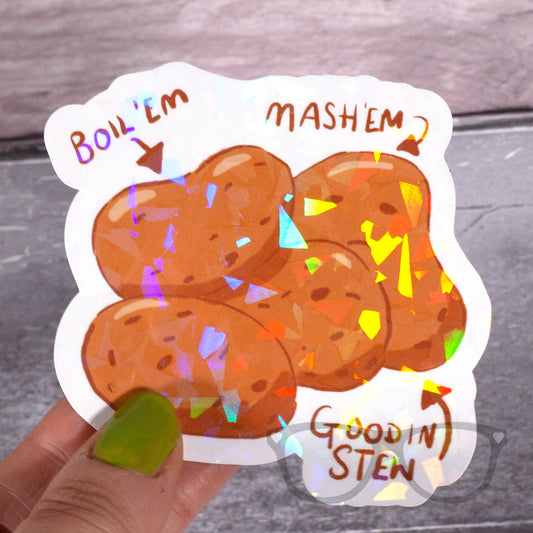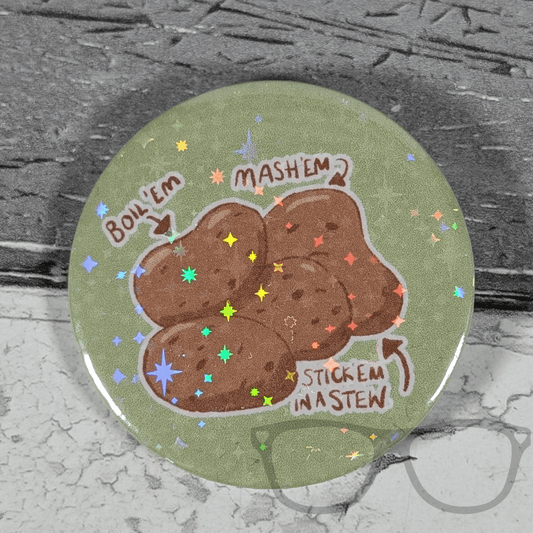
Revision Tips for Exams: Techniques
Share
Introduction: Why Revision Style Matters
If you’ve seen my Instagram post about different types of learners, then you’ll know that revision is different for everyone, and different methods work for different learning styles.
Exam season is well underway. You may have already started revising in earnest and received support from school and home. But just in case you’ve missed anything, here are a couple of extra tips to help keep you going.
Revision is different from learning. These techniques are all about helping you recall information, so that during your exam, you’re as prepared as possible. For some, it can be difficult to recall facts under pressure, so the more prepared you are, the better.
If you’ve read my last blog post, “Revision Tips: Planning,” then your space is already set up, your water bottle is full, and your notes and stationery are ready to go!
Remember: not every revision method will work for you. It’s important to find one that helps you engage with the material, it’s not about how long you study, but how effectively you connect with the content. Take regular breaks, talk to friends and family about any worries you have, and remember, you’re not alone!
In this blog post, we’ll explore three revision tools that can help:
- Mind maps
- Index cards (flashcards)
- Sticky notes
Mind Maps: Connecting Ideas Visually
What They Are:
A mind map is a visual tool that helps students organise and connect information in a way that mirrors how the brain naturally works. Instead of writing long, linear notes, you start with a central idea or topic in the middle of the page, such as “Photosynthesis” or “Macbeth.” From there, draw branches that lead to key themes, facts, or subtopics, with further offshoots for supporting details.
Examples:
- A mind map for Macbeth might have branches for Characters, Themes, Key Quotes, and Plot Events.
- A mind map for Photosynthesis could include The Process, Equation, Importance to Plants, and Limiting Factors.
This structure breaks large subjects down into bite-sized chunks, making them easier to understand and remember.
Mind maps are especially useful for visual learners. Use colour (highlighters or coloured pens), symbols, and small drawings to help memorise information, whatever works for you!
Once completed, a mind map becomes a handy quick-reference tool, ideal for last-minute revision sessions. One glance shows you the structure of a topic, helping you recall key facts and how they connect.

Tips for Use:
- Start with one mind map per subject or topic.
- Use colour coding for subtopics.
- Add drawings, symbols, or mnemonics.
- Keep it clear and uncluttered.
When to Use:
- Early in your revision to get a clear overview of a topic.
- Best for subjects that involve big ideas and connections (e.g., History, Science, English).
Index Cards (Flashcards): Quick Recall & Testing
What They Are:
Index cards, or flashcards, are small, portable revision tools. Simply write a question or keyword on one side, and the answer or explanation on the other.
Examples:
-
Front: “What’s the formula for Speed?”
Back: “Speed = Distance ÷ Time” -
Front: “Lady Macbeth quote showing ambition”
Back: “‘Look like the innocent flower, but be the serpent under’t.’”
Flashcards promote active recall, one of the most effective memory techniques. Instead of passively re-reading notes, flashcards make your brain retrieve the information, which helps it stick.

Ways to Use Them:
- Test yourself: Read the front and try to recall the back before flipping it.
- Get quizzed: Ask a friend or family member to test you.
- Sort into piles: “I know this,” “Need to review,” and “Not sure yet.”
They’re great for on-the-go revision, on the bus, in a queue, or during a quick break.
Why They Work:
- Encourage active recall
- Break down topics into manageable chunks
- Easy to use alone or with others
Tips for Use:
- Keep it short, one fact per card
- Colour code by subject or topic
- Include images or diagrams where helpful
- Shuffle regularly and use spaced repetition to reinforce learning
When to Use:
- Best for consolidating knowledge and testing yourself
- Perfect for last-minute review sessions
Sticky Notes: Visual Prompts & Mini Reminders
What They Are:
Sticky notes are small but powerful revision tools. Use them to jot down key information you need to see often then stick them where you’ll spot them regularly.
Ideas to write on sticky notes:
- Formulas for Maths or Physics
- Vocabulary words for languages
- Key quotes from literature
- Definitions or dates for History
Stick them on your mirror, wardrobe, fridge, notebook, or phone case. Seeing them repeatedly helps commit facts to memory without feeling like formal revision.
Sticky notes are especially helpful in the final weeks before exams. Fill your space with key facts and rotate them often. They also break revision into small chunks, one sticky note at a time.
You can also write a question on the front and hide the answer underneath, creating a mini quiz as you go about your day.

Why They Work:
- Act as passive revision prompts
- Reinforce memory through repeated exposure
- Easily moved, updated, or grouped
Tips for Use:
- Stick them in high-traffic areas
- Use colours to group by topic (e.g., blue = Science, pink = English)
- Use question formats to test yourself
When to Use:
- Perfect for daily reinforcement
- Great for key terminology, quotes, and formulas
Final Tips: Making the Most of These Tools
Mix It Up: Keep Revision Active and Engaging
One of the best ways to make revision stick, and to keep it interesting is to combine methods. Using a mix of mind maps, flashcards, and sticky notes engages different parts of your brain and helps avoid boredom.
Try this combo:
- Mind map the topic to get a full overview.
- Turn the key points into flashcards to test yourself.
- For anything tricky, write it on a sticky note and stick it somewhere visible.
Each technique reinforces the others. Some days you’ll be drawing colourful mind maps, other days testing yourself with flashcards, or refreshing facts with sticky notes on your fridge. The variety makes revision more manageable and effective.
Schedule Regular Review Sessions
Making beautiful resources is great, but they won’t help unless you use them.
Build short review sessions into your week. You don’t need hours. Even 15 to 30 minutes can be powerful. The key is consistency. The more often your brain recalls something, the more likely you are to remember it long-term.
This method: spaced repetition, is one of the most proven ways to strengthen memory. So schedule time to:
- Revisit your mind maps
- Flick through flashcards
- Rotate your sticky notes
Teach It to Someone Else
One of the best ways to learn is to teach. Explaining a topic in your own words shows how well you really understand it.
Try explaining a concept to:
- A family member
- A friend
- Or even a pet (yes, really!)
This is called the Feynman Technique, if you can’t explain it simply, you probably don’t fully understand it yet.
Teaching can also make revision more active, more social, and even fun.
Remember: Revision Isn’t One-Size-Fits-All
Not every technique will work for you. That’s okay. The key is finding what does help you stay focused, engaged, and confident. If you struggle to stay motivated, try revising with a friend, or turn studying into a game.
And don’t forget to take breaks, go for a walk, watch a video, move around. Give your brain a change of pace so it doesn’t get stuck.
Most importantly: be consistent. Don’t leave everything until the last minute. A little bit every day adds up, and helps you feel ready to take on even the toughest exams.
You’ve got this!




